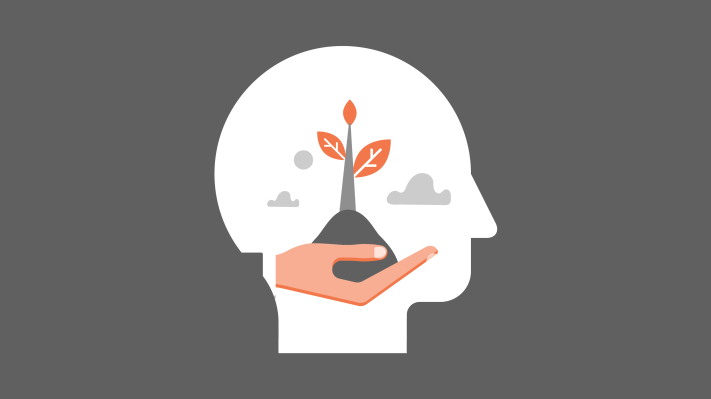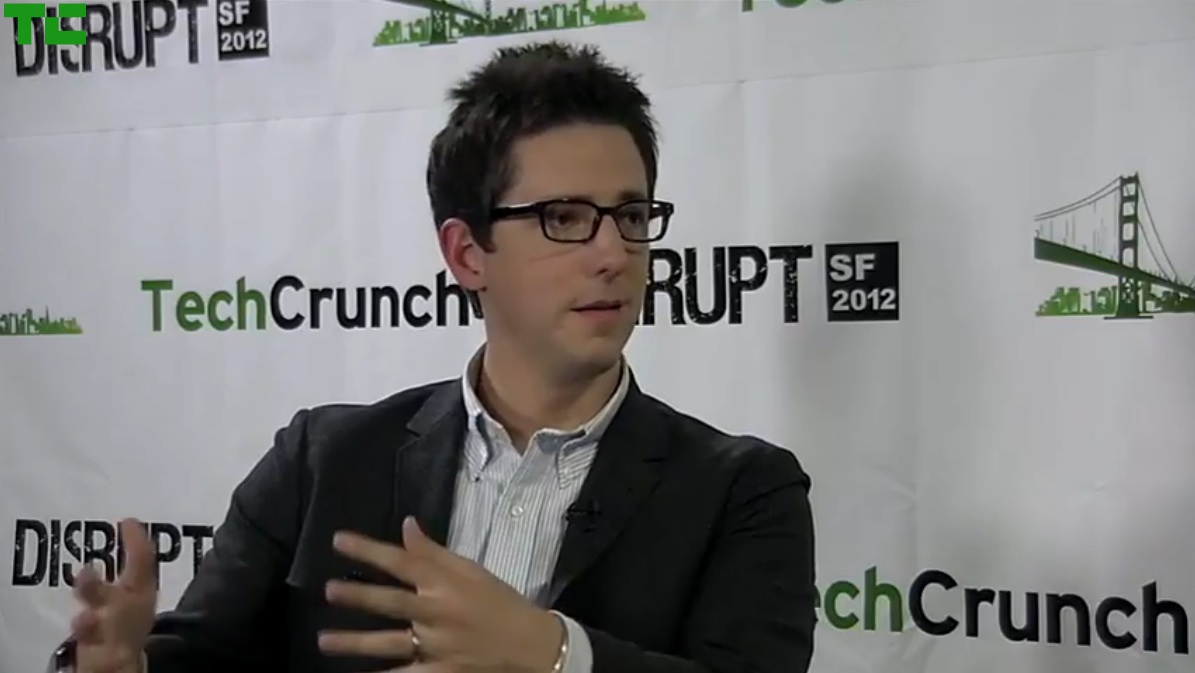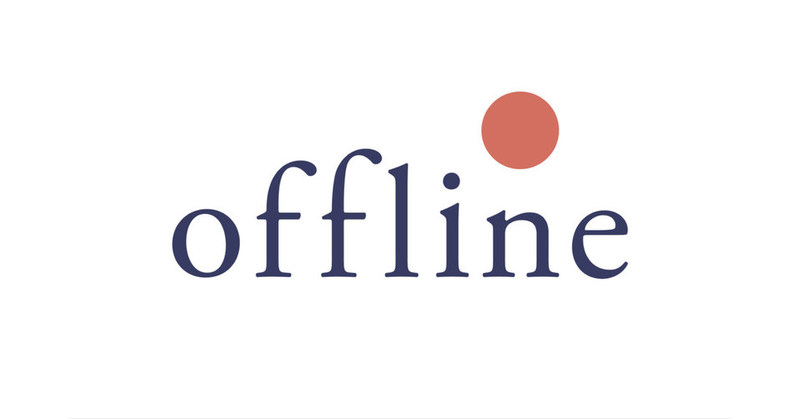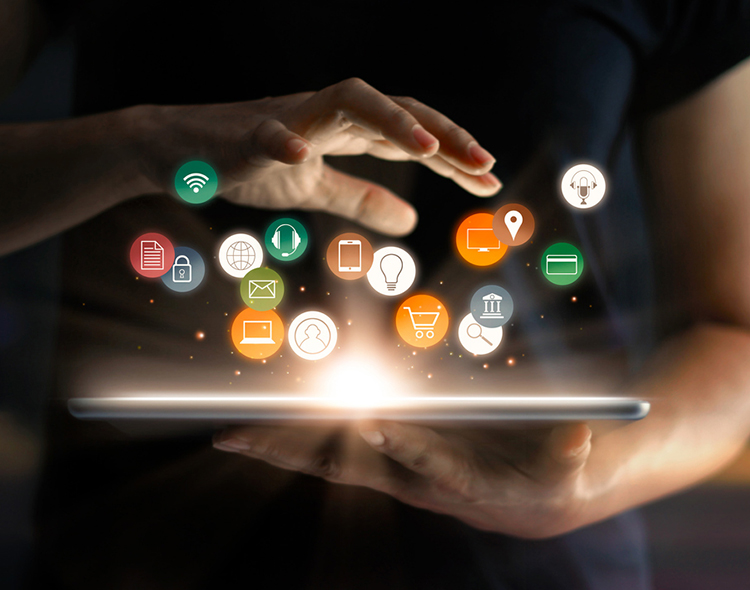Backed in part by Apple, Co-founded by Brit and Dave Morin : A New look inside Offline Ventures

A look inside Offline Ventures, cofounded by Brit and Dave Morin and backed in part by Apple
Last year, entrepreneurs, investors and married couple Dave and Brit Morin teamed up with James Higa, who was a senior director at Apple for nearly a dozen years, and Tonal cofounder Nate Bosshard, to create a new venture firm called Offline Ventures that, very notably, counts Apple as an anchor investor.
The idea, in part, is to use their collective interest in mental health and hardware to help inform Apple’s road map, though the team is looking at much, much more, and is even in the process of incubating some startups. We talked recently with the Morins — who each logged some time at Apple early in their careers — to find out more in a conversation that’s been excerpted below and edited lightly for length. (You can hear our longer conversation here.)

TC: You just closed on $100 million for your debut fund. Why start a new fund during the pandemic and why with the four of you?
BM: Dave had departed Slow Ventures and had been taking some time off after that, doing angel investments, but wanting to get back into the game, both as an entrepreneur and investor. I had been running Brit & Co. for nearly a decade, and saw from all of my years in raising venture capital that only 2% of venture funding goes to women and felt like the best thing I could do to support my mission of helping women rise is to actually fund them.
James had been at Index Ventures after leaving Apple [after] almost 30 years of reporting to Steve Jobs and is a longtime friend of ours and also wanted to join in. . . [Nate] we’ve [also] known for over a decade and been in many different deals together, so we already had a bit of a track record. We had different networks, but we also liked a lot of the same things.
TC: There seems to be a big emphasis on mental health. Does that come from your own personal experience in founding companies?
DM: Yes, but also, when I sold [the social network] Path in 2015, about six months later, Brit and I started a foundation called Sunrise that has a very simple mission, which is to find the cure for depression and all forms of mental health. So we’ve been funding the basic science of mental health for close to seven years and participated in some of the most foundational scientific studies of mental health and mental health treatments over that time period and we’ve become very passionate about both the science of it, but also the reduction of suffering — and I mean people all around us [but also] including founders, which we have been]. . . It became very hard to ignore this pandemic in Silicon Valley that is broadly ignored. It’s getting better, but it’s something we wanted to not just talk about but really drive into the core of what we’re doing.
TC: What’s most interesting to you on this front?

DM Telemedicine was already moving pretty quickly before the pandemic. I bet on a company in the last Slow Ventures fund called Brightside, which is a telemedicine company for depression. They’ve seen dramatic acceleration through the pandemic, for example. Here at Offline, we’ve also invested in a telemedicine company called Done [and] they focus specifically on ADHD and also just improving the accessibility of ADHD medications because they’re extremely hard to manage. We’ve also focused on healthcare system level enablement . . .we focus on direct therapeutics . . .
The fourth category is what we think of as digital drugs, or digital therapeutics. Meditation apps the year before the pandemic were the largest category in the App Store, and we think that pretty much proves that just like after World War II, when we shifted from working with our bodies all the time [to exercising in] the gym, [we see this] epidemic of social media [that’s] generating uniquely bad mental health states being balanced by the meditation apps.
Today, those apps are largely a bunch of podcast audio files organized into an interface. But we think that within the next 10 years, you will see things that are much more akin to a remote control button that helps you shift your brain and body somatic state using digital technology, so we’re also focused on uncovering those kinds of use cases as well.
TC: Apple is one of your investors. Was that one of their motivations in investing, to integrate that mental care interface into their devices?

DM: Absolutely. In fact, one of the projects that we worked on philanthropically before Apple became our partner was over at Sunrise, [where] we put together Apple and UCLA, [which has] the largest genetic study of depression and mental health going on in the world that we know of. They’re doing a 10-year study of 100,000 people — 10,000 people per year — that’s looking at the genetics, as well as the behavioral characteristics [or participants], and trying to find an objective measure of mental health for the first time.
A lot of people don’t know this, but all mental health diagnosis are subjective. They’re a bunch of symptoms that psychiatrists and psychologists have agreed upon and then named, [but] they have no biological basis and no objective tests. Psychiatrists are the only doctors who can prescribe a medication with no diagnostic test to show whether it’s working or not. [So] goal [of the UCLA study] is to look at genetics and then use digital technology as an overlay to try to understand, ‘Okay, for this diagnosis that we call depression or bipolar or ADD, can we uncover areas in the genome for which we might be able to find matches.’
For a long time before we put Apple together with UCLA, they were just working with the engineering department to create a wristband that would look at galvanic skin response. But Apple is now the technology partner for that study, similar to what was going on with Stanford and the heart and Apple.
TC: Can we expect the Apple Watch to be asking us whether or not we’re depressed in the near future? And what privacy questions does that raise if a company like Apple is monitoring the mental health of people who are using its devices?

DM: No, you wouldn’t expect that to happen anytime soon. The study is 100% opt in and it is just for the people who are part of the study. And really, they’re looking at whether or not it’s possible to use data and sensors as a component of finding mental health diagnoses.There are many studies outside of UCLA that have shown that just through very simple signals that aren’t even that complex, you actually can find mood and behavioral data that help people [receive] intervention faster. . . If you could just help people find the right resource 50% faster than [is possible] today, you might save millions of lives, so that’s the way to think about it. One of the nice things about how Apple thinks about the world is that your data is your data. If they do this in any way, I think we expect that privacy will always be respected.
TC: Is Apple the biggest investor in the fund, and also, is it uncommon for Apple to be an LP in a venture fund? I’ve long wondered whether we’d ever see an Apple Ventures or other answer to GV or CapitalG over at Alphabet.
DM: No, it’s not common. They have invested in a few funds, including [those of] SoftBank and TPG [as well as] several BIPOC venture funds and with Howard University to establish some fun, related things related to their endowment. But this is unique in terms of relationship. I think it comes from just decades of relationships and trust and being able to speak the language and work with them in a way that they can trust.
TC: Personal health is also an area of interest. Are you interested in more connected fitness-type bets because of Nate Bosshard?
BM: Actually, part of the interesting aspect of Offline is that 80% of the fund is for investing and writing those early-stage checks, and 20% is for incubating and building out new ideas. The four of us are all entrepreneurs and investors and so one of our first incubation projects is called Ancient Ritual [and] the best way to describe it is a multi-sensory connected sauna. Nate is the one who has incubated this project, but there are now whole teams on it and we have more information to come on that and we hope to do more of these types of things. We definitely aren’t afraid of connected hardware. We invested in a company called Arc that’s doing electric boats; we’ve looked at a variety of other connected fitness devices and certainly because of the success of Tonal are big believers. But we also know how hard hardware can be and how important it is to have the right teams, the right prototypes, [and] the right funding mechanisms in place from the very beginning.
TC: You’ve already made a big bet on Clubhouse, even spinning out an SPV for your LPs to get a bigger bite of the company. I don’t follow Clubhouse so closely, but obviously, it seems like it’s lost some momentum. Do you think it can recapture the time and attention of users? Dave, you were at Facebook. You started a social network previously. You know more than most how these things can play out.

DM: My short answer is yes. Almost every time we’ve invested in the company, people were asking that question. And then two months later, things grew even more . . . The way we look at Clubhouse is that it’s the next it’s one in the line of many new sensory experiences for social networking. We think they’ve pioneered audio-based social networking. . .we also like to think of teams like musicians, and they’ve got a great band over there. . . One of the most difficult things about social networking right now is how much division and disagreement and misunderstanding there is, and that largely comes from the fact that we all use text and misinterpret tone way too much. So we also think [Clubhouse has] a worthy moral mission to some extent, as well.
TC: To Brit’s point about incubating companies, given your expertise in social networking, I’m curious if we’d see Offline create something of its own in this area.
DM: Absolutely. We think that Web3 is an opportunity to create a better internet where the incentives of both the users and the platform or the network are more aligned with the incentives with the creators . . . not just from a business model perspective, but from a governance perspective,
TC: It seems like everything in Web3 involves asking users to pay for things, though, whereas these closed systems provide their services for “free” in exchange for users’ time and data. I do wonder if Web3 will be relegated to a concentrated base of users who don’t mind supporting these projects [or are willing to speculate on them]. I think most people are both victims of inertia and also want things for free, even if it means sacrificing their privacy.
DM: I think of it very similar to when you’re standing in the airport and there are two sides of the magazine rock; there are magazines that are free and ones you can pay for. There has always been a difference in quality and a difference in community on both sides, and there are people who like one, and others who like the other and — no value judgment either way — we’ve largely lived with the free side of the magazine rack on the internet for the last 20 years . . [But] 10 years from now, it’s likely that every piece of clothing, every ticket you buy to anything, will just be an NFT. You may not even realize that’s what the actual technology is [but] this is where the internet’s going.
The skepticism that you’re pointing out is very real. And the cost of playing in the Etherium ecosystem right now is extraordinary. It’s far too high and absolutely prohibitive for the mainstream. [But] there are other new blockchain technologies like Solana that are extraordinarily fast and efficient and really cheap and if you look at the any NFT project leaderboards, there are more and more Solana projects rising.
BM: A lot of my personal mission is to see gender equality [through greater] participation in new, multi-trillion-dollar internet ecosystems. Four years ago, I actually hosted a cryptocurrency conference for women and more than 20,000 women showed up live and virtually. I think Bitcoin was like $5,000 or $6,000 at the time, and only 4% of the cryptocurrency holders were women. Fast forward today. It’s more like 20% are are female, but that’s still such a disparity, and there’s so much value being created.
To your point, there’s such a lack of education, therefore there’s also a lack of interesting access. [Yet by] getting first-look opportunities, you hear about things going on first, you get to participate in them when the floor price is lower, and the financial upside [is greater], so stay tuned for more from us on that front. I’m particularly excited about a project I’m incubating that I hope will help provide more women with education, access and financial upside in this new world.
Source: TechCrunch




